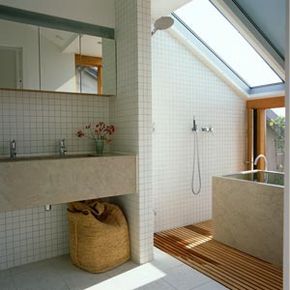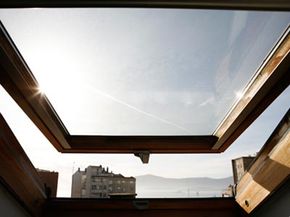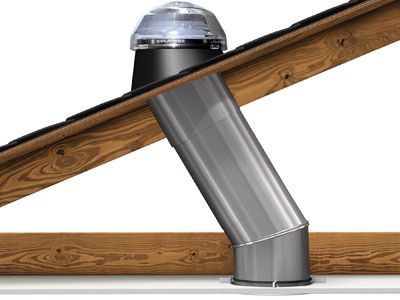Windows are something most of us see (and see through) every day. We install them in our homes, offices and cars to protect us from the outside elements, but at the same time, they allow us to get a good view of what's all around us. Windows in our homes are especially helpful during the daytime, since they let in lots of natural sunlight, creating warmth during winter months and lowering the costs of heating -- provided they're properly insulated. Sunlight generally makes people happier and more energetic, too, since it provides us with vital boosts of vitamin D and serotonin, the levels of which affect our moods and general enjoyment of life. People in the northern hemisphere who suffer from seasonal affective disorder (SAD), sometimes called the wintertime blues, especially need sunlight during the cold and dreary months between fall and spring. Sometimes sitting near a window is the best solution [source: Kraft].
If you take a window and physically move it up, tilting it slightly or placing it directly on the ceiling, you have an entirely different design with an even more dramatic effect -- the skylight. Adding a skylight above the windows you already have in your home can increase the amount of sunlight your room gets while making the area feel more spacious and attractive. They can also be used for natural ventilation during the summertime, since many are designed to open.
Advertisement
There's more to skylights than punching a hole in your ceiling and fitting some plastic or glass within it. Skylights come in a variety of shapes and sizes, and the material they're made with and the care with which they're built and installed can affect important structural aspects, like how well your home is insulated and whether or not a room is protected from leaks. How and where they're positioned also affects the amount of sunlight a room can get.



